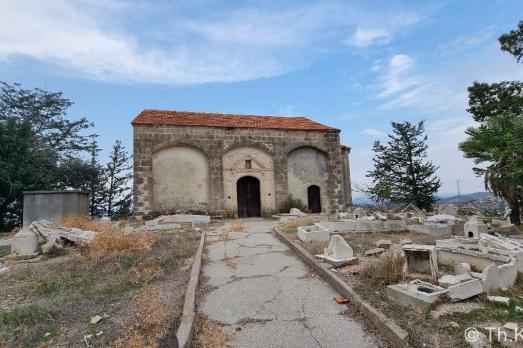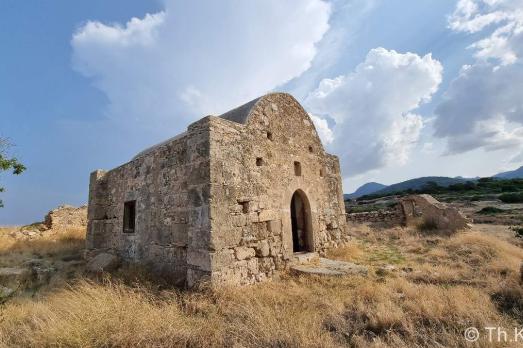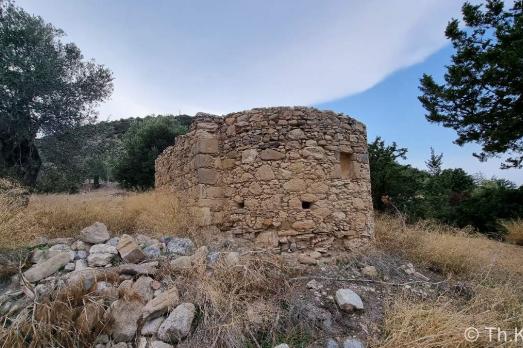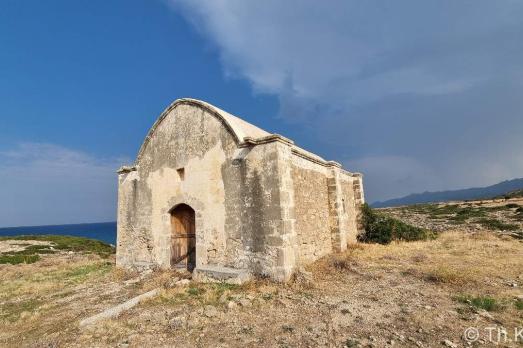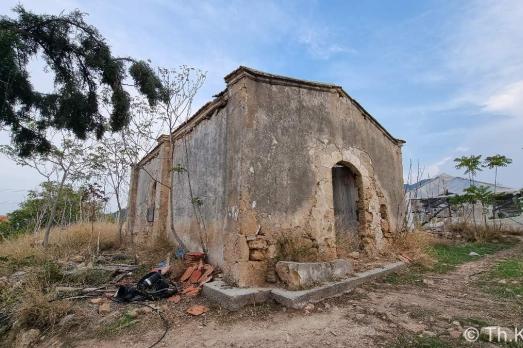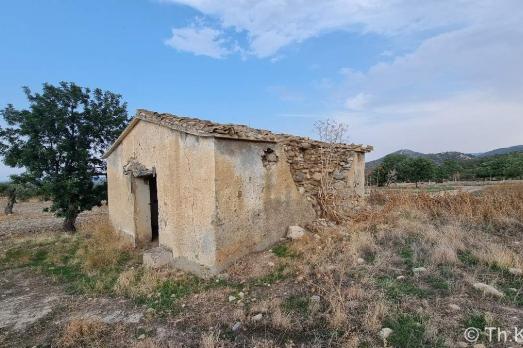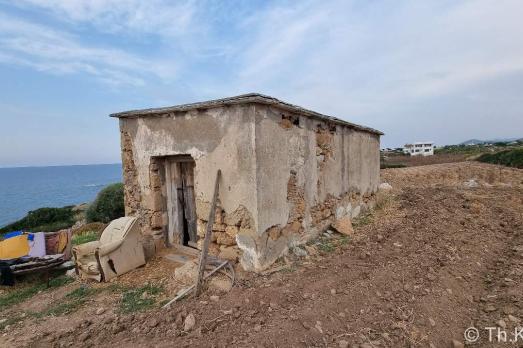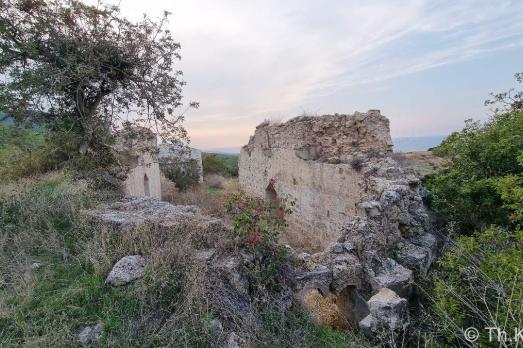
Akanthou Agia Paraskevi (old) Chapel
Akanthou, CY
The old Agia Parakevi Chapel is located to the west of Akanthou, equidistant from the roads to Lefkonoiko and Kalograia. It was built in the 18th century, but later fell into disrepair. Parts of the north and west walls as well as of the apse are still standing.
